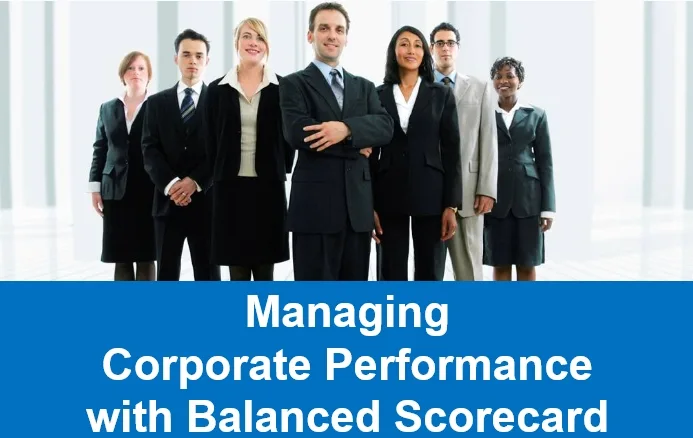In the competitive world of employee recruitment, the need for a structured and effective HR assessment template is priority. Why, you may ask?
It’s the compass that guides HR professionals through the vast sea of candidates, ensuring they navigate towards the most promising prospects.
A well-crafted template method for HR assessment is strategic helpful tools that brings consistency, fairness, and precision to the hiring process.
It empowers organizations to make informed decisions, aligning talent with the corporate vision and culture.
So, let’s delve into the world of HR assessments, where every step taken is a stride towards excellence in human capital management.
Why Do We Need a Template Method for HR Assessment?
HR assessment template technique offers a consistent framework, much like a map that guides evaluators through the assessment process. It ensures that every candidate is measured against the same set of criteria, providing a level playing field. This uniformity is crucial because it fosters objectivity, reducing the likelihood of bias that can occur in unstructured interviews.
Moreover, a standardized approach through a template method leads to more objective hiring decisions.
It allows organizations to systematically identify the candidates who are not just qualified, but who also align with the company’s values and culture. Therefore, this strategic alignment ensures a better fit for the organization, enhancing team cohesion and overall productivity.
5 HR Assessment Tools and Technique, These Are Good Starts!
Let’s explore the various techniques that can enhance your HR assessment template and process:
1. In-basket Exercise: This simulates a real-world job scenario, challenging candidates to prioritize and make decisions based on a pile of emails, reports, and tasks.
2. Role Play: Candidates are put in situational contexts to gauge their problem-solving and interpersonal skills.
3. Group Discussion: This reveals a candidate’s ability to communicate, lead, and work as part of a team.
4. Case Study: Analytical skills and decision-making abilities are tested through real business problems.
5. Behavior Event Interview: Past behavior is a predictor of future performance, and this interview technique digs deep into candidates’ experiences.
Lots of companies starts to use software for assessments competency in recruitment phase. Well, they said efficiency is key no one can’t blame it.
Therefore, tools like Toggl Hire, Pymetrics, Codility, and Adaface can be game-changers. They automate and streamline the assessment process, making it not only quicker.
But is that’s it? This actually raising some kind of debate. Wether manual or automation is better, we got an opinion about it.
Related Posts: HR Skill Development and Assessment Strategies for Success
Manual vs. HR Assessment Software, Which Is Better?
While there’s a charm to the automation approach like HR digital tools, manual technique seems more dependable and less cost.
Yes, the human touch is irreplaceable. While automated tools offer speed and efficiency, they lack the nuanced understanding that human-led techniques provide.
Techniques such as role plays and group discussions reveal the layers of a candidate’s personality, their ability to navigate complex social dynamics, and their real-time problem solving skills.
These facets of human interaction are often invisible to algorithms. Therefore, by employing human’s techniques, you gain a three-dimensional view of a candidate’s potential.
Moreover, techniques like behavioral event interviews delve into a candidate’s past experiences, drawing out stories that illuminate their character and work ethic.
These narratives are the threads that weave the tapestry of a candidate’s professional life, offering a depth of understanding that automated tools simply cannot match.
So, while automated tools have their place, they should complement, not replace, the discerning judgment of human-led assessment techniques.
By choosing to engage deeply with the human aspects of assessment, you are not just filling a position, but you are sculpting the future of your organization with the care and precision it deserves.
Consequently, this approach leads to a workforce that is not only skilled but also harmoniously aligned with the ethos of your company.
Want to try implement manual competency method? Download our free HR assessment template slides or kindly buy the full version in a reasonable price.









